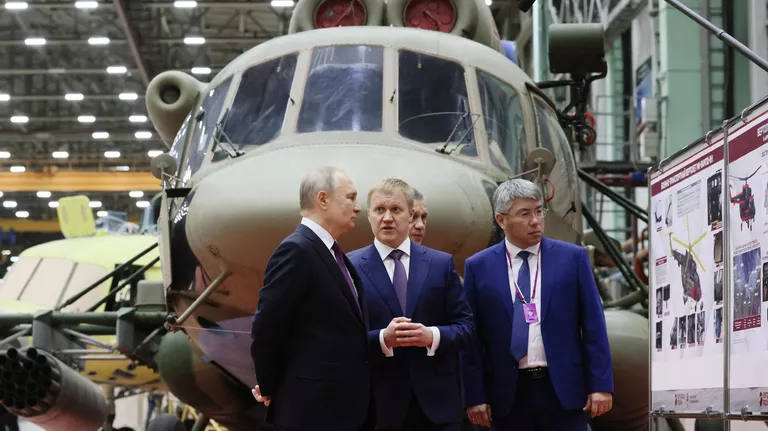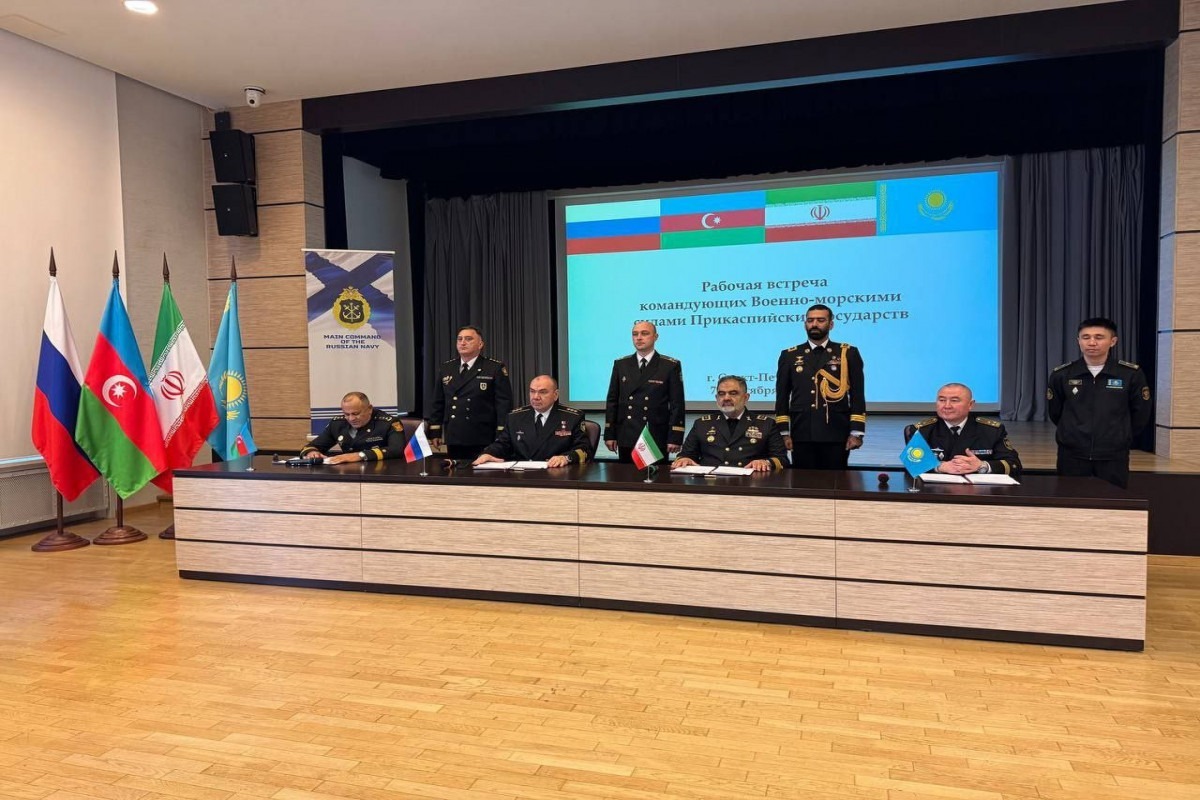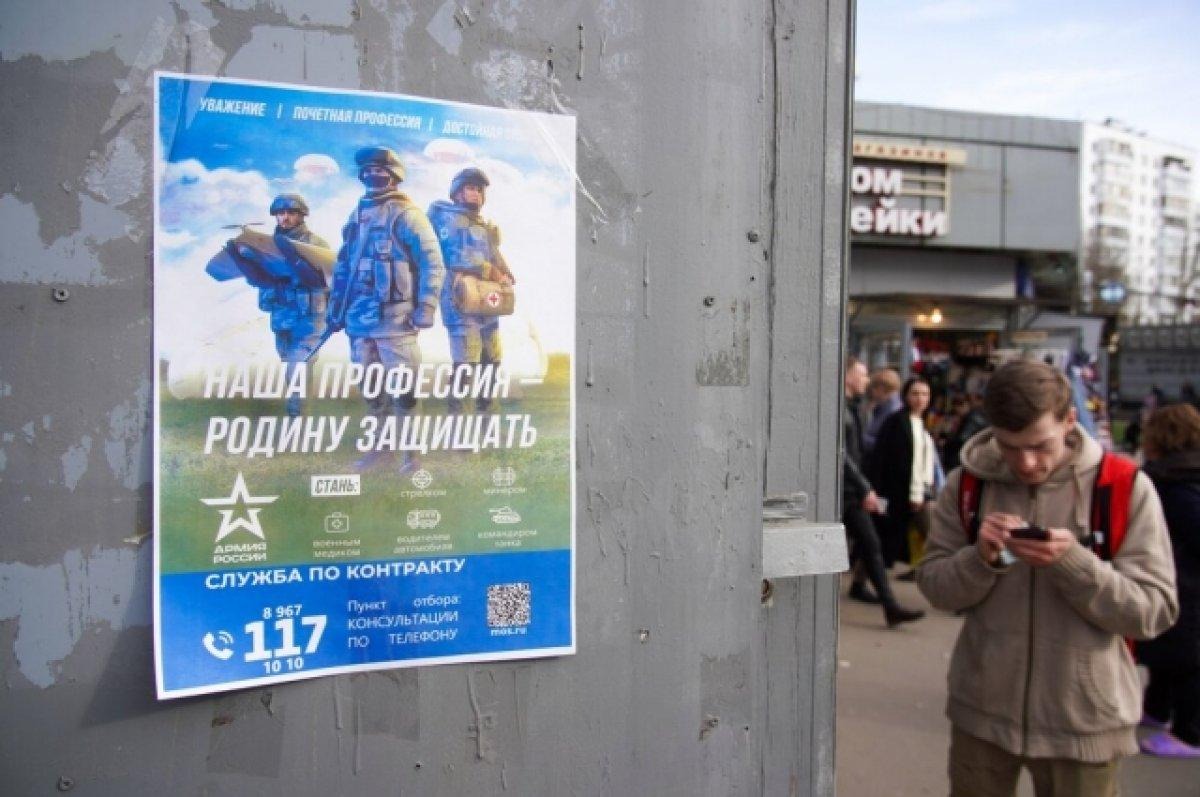
Arms Manufacturing in Russia in January–September 2024 Demonstrates No Growth
Arms Manufacturing in Russia in January–September 2024 Demonstrates No Growth
Executive Summary:
- The Russian industrial output index comparing January–September 2024 to January–September 2023 is 104.4 percent, demonstrating economic growth when considering the data in rubles.
- The inflation of the ruble makes it seem as if the Russian military-industrial complex is growing. However, when considering these numbers by volume, there appears to be no significant growth since last year.
- Western sanctions have hindered Russia’s ability to produce arms and other essential products domestically, meaning Russia will likely increasingly depend on China, North Korea, Iran, and other authoritarian regimes to maintain its dwindling economy.
Russia has been focusing on its military-industrial complex to stimulate the country’s economy since the beginning of its war against Ukraine. Even though Moscow touts the successes of this sector and its contributions to creating jobs and aiding the war effort, analysis of statistical data paints a different picture (see EDM, January 16, February 12, April 29, June 27, July 25, October 3). The Russian industrial output index—which measures the changes in industrial production between one time period and another—in January–September 2024 was 104.4 percent compared to the output in January–September 2023. Industries related to arms manufacturing are again the main contributor to this growth, as was seen in 2023 compared to the same period of 2022. The only exception to this is the chemical industry, which grew only 3.8 percent. This growth, however, appears much more moderate when considering the data on industrial manufacturing by volume (Rosstat.gov.ru, October 23; Rosstat.gov.ru, October 30; Rosstat.gov.ru, accessed October 31).
Table 1: Industrial output index, 2018–2024, January–September, percent compared to the same period of the previous year
| Q1-Q3 2018 | Q1-Q3 2019 | Q1-Q3 2020 | Q1-Q3 2021 | Q1-Q3 2022 | Q1-Q3 2023 | Q1-Q3 2024 | |
| Chemical materials and chemical products | 102.7 | 103.6 | 106.1 | 106.2 | 96.8 | 104.8 | 103.8 |
| Computers, electronic and optical devices | 94.0 | 107.6 | 103.5 | 103.9 | 104.6 | 134.5 | 132.6 |
| Fabricated metal products, except machinery and equipment | 101.1 | 108.7 | 105.7 | 106.7 | 103.5 | 130.0 | 132.0 |
| Other transportation vehicles and equipment | 109.4 | 84.8 | 94.3 | 114.2 | 96.0 | 131.4 | 127.3 |
The industrial output index shows increased production output in arms manufacturing industries due to ruble inflation. Many companies provide nominal statistical data in rubles, not units and tons, meaning that the values provided are higher due to the decreased value of the ruble, not necessarily because of a significant increase in output. Consequently, the price increase affects the industrial output index, as was shown earlier this year in the case of Kurganmashzavod (see EDM, July 22).
Chemical Products Needed for Explosives and Gunpowder
The data showing the physical output of chemical materials and products needed for manufacturing explosives and gunpowder demonstrates that there has been no growth.
| Q1-Q3 2018 | Q1-Q3 2019 | Q1-Q3 2020 | Q1-Q3 2021 | Q1-Q3 2022 | Q1-Q3 2023 | Q1-Q3 2024 | |
| Cellulose, million tons | 6.37 | 6.10 | 6.50 | 6.50 | 6.60 | 6.36 | 6.35 |
| Ammonium nitrate, million tons | n/a | n/a | n/a | 8.1 | 8.83 | 8.60 | 8.65 |
| Aluminum powder, percent to the same period of previous year | 100 | 92.6 | 104.5 | 124.7 | 93.8 | 85.7 | 91.4 |
These numbers do not necessarily mean that the production rates of explosives and gunpowder are not growing or even decreasing, but they show that Russia was not able to double or triple the production rates. This situation is likely relatively stable, but it does not allow Russia to produce as many explosives as it needs. This explains Russia’s significant dependence on supplies of artillery shells from North Korea (Euronews, October 16).
Semiconductor Devices and Parts
The production rate of semiconductor devices and their parts is growing, but it is still far from what it was in 2018 and earlier. The manufacturing of these devices is highly dependent on imports and global supply chains. Western sanctions have limited Russia’s industrial capabilities in this field despite Moscow’s efforts toward sanctions evasion (see EDM, January 23, March 6, September 26).
| Q1-Q3 2018 | Q1-Q3 2019 | Q1-Q3 2020 | Q1-Q3 2021 | Q1-Q3 2022 | Q1-Q3 2023 | Q1-Q3 2024 | |
| Semiconductor devices and their parts, millions | 46.4 | 21.8 | 18.1 | 30.4 | 35.6 | 35.4 | 37.2 |
Electric Energy
The growth in the production of electric energy in Russia also does not correlate with the declared industrial growth. This may be only partly explained by inflation. Many Russian factories, including those belonging to the military-industrial complex, import components and parts for final domestic assembly. Sometimes, they even import end products and then label these products as made in Russia. Nevertheless, the production of electric energy would necessarily be higher if there was, in fact, powerful growth of the military-industrial complex.
| Q1-Q3 2018 | Q1-Q3 2019 | Q1-Q3 2020 | Q1-Q3 2021 | Q1-Q3 2022 | Q1-Q3 2023 | Q1-Q3 2024 | |
| Electric power generation, billion kilowatt-hours | 808 | 817 | 788 | 842 | 852 | 856 | 885 |
| Electric power generation, percent | 101.3 | 101.1 | 96.4 | 106.4 | 101.1 | 100.3 | 103.2 |
Freight Handling
Freight handling on the Russian railways remains an indicator of the state of Russia’s industrial sector. The numbers on raw materials used in industrial processes and other goods—also including goods in containers—testify that there is no significant sign of a “Russian industrial miracle,” as there is no significant growth that would contribute to the Russian economy in such a manner (Company.rzd.ru, October 1).
| Q1-Q3 2018 | Q1-Q3 2019 | Q1-Q3 2020 | Q1-Q3 2021 | Q1-Q3 2022 | Q1-Q3 2023 | Q1-Q3 2024 | |
| Industry raw materials, million tons | 26.5 | 26.7 | 25.1 | 26.4 | 23.9 | 23.8 | 24.9 |
| Other goods, million tons | n/a | n/a | n/a | 81.6 | 83.7 | 88.5 | 89.6 |
As a result, these numbers indicate that the Russian industrial sector, including the military-industrial complex, faces objective obstacles in increasing its production output. It is possible to presume that these obstacles will further stimulate Russia’s dependency on China, North Korea, Iran, and other authoritarian regimes to maintain its dwindling economy.


